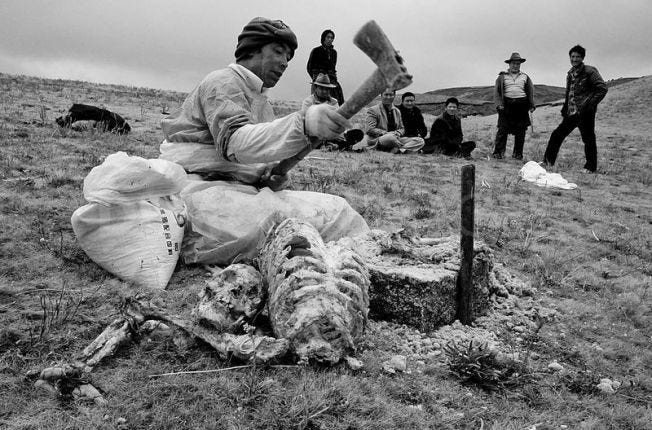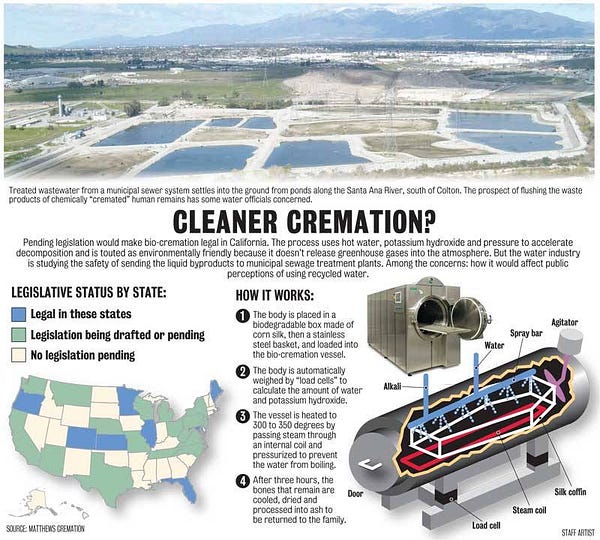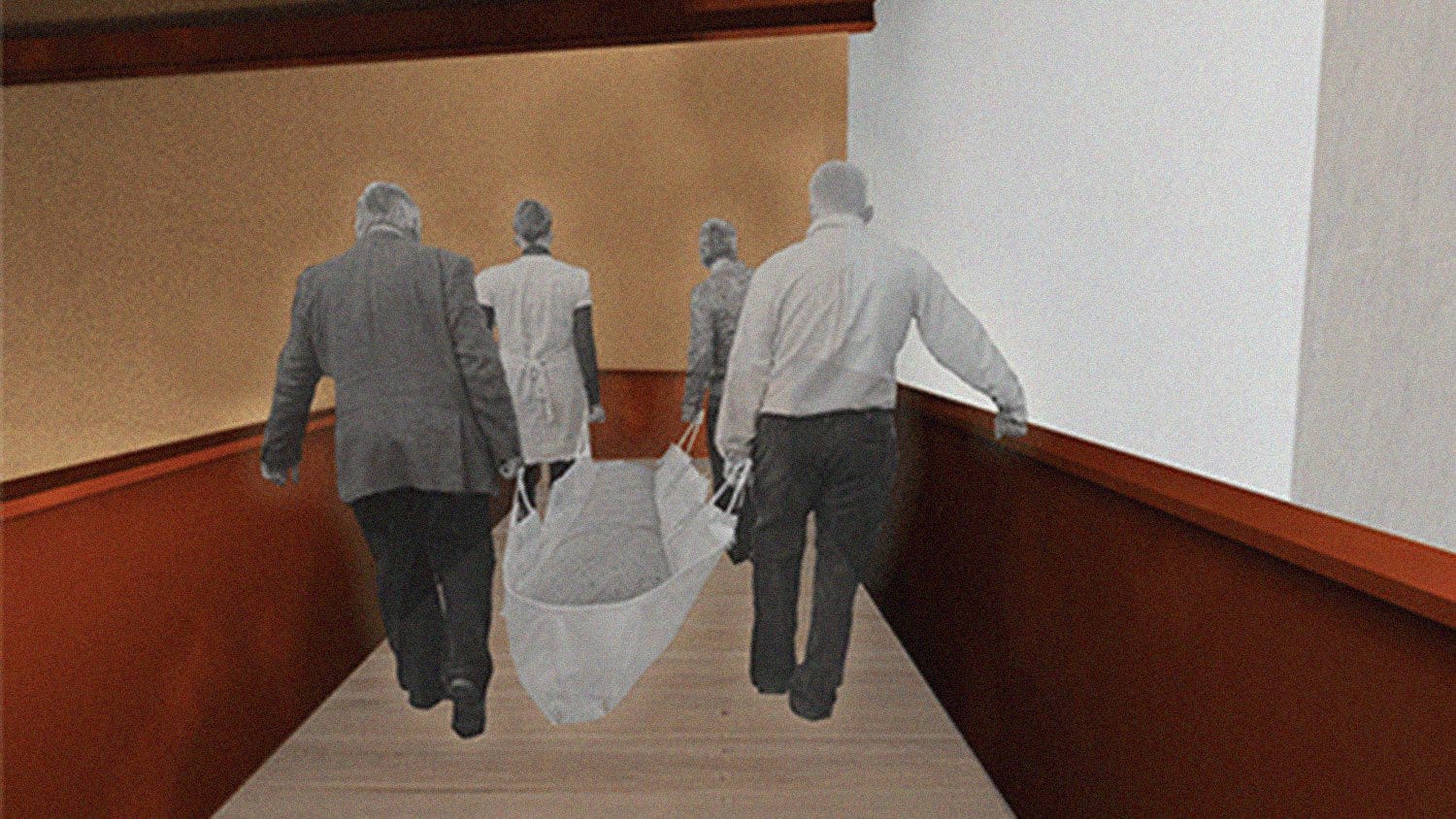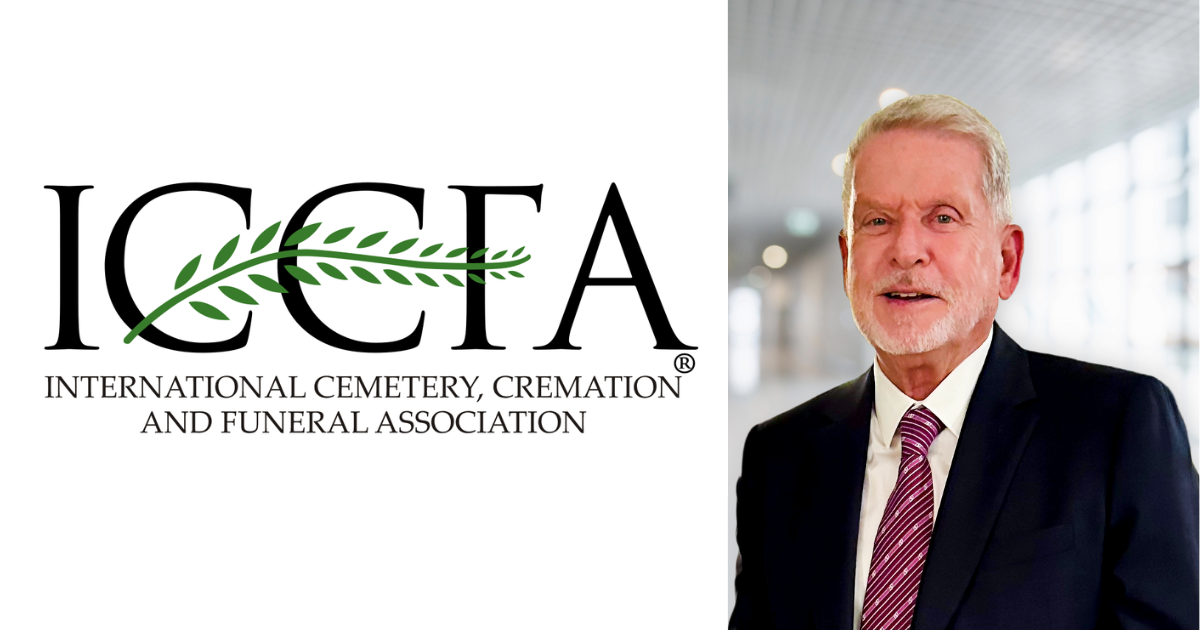Eco-Burials and Human Composting
We are all going to die. It’s true. How many of us have stopped to think about the consequences of our deaths?
Death is big business and big business means big costs. As anyone who has had to bury a loved one will know, caskets, flowers, burial and all those knickknacks quickly add up. But this may not be the greatest cost of tradition burial. Burials in the modern West have added over 6 billion tons of concrete and 800,000 gallons of Formaldehyde into the earth. Enough wood is used for caskets in a single year to build 4.6 million single family homes. You could drive almost 4,800 miles on the energy used to cremate one person. Added together, there is a lot of steel, wood, cement and fuel needed to accommodate the over 3.5 million deaths in North America each and every year. Is it possible to have inclusive, environmentally, socially and individually conscious death practices?
How we bury the dead and ritualize death today may be a poor reflection on our relationship to death in the past. Our funerary practices of cement-vault burial, cremation and chemical embalming are all relatively new phenomena, and even though we’ve been burying bodies for over 100,000 years, the techniques we employ are very modern. Embalming for example — the process of injecting a body with preservation chemicals — was invented during the American Civil War to keep bodies preserved during their long travels from the south to the north. Soon enterprising individuals sold the technique to the general public who were beginning to see dead bodies as foreign and problematic. Cremation also has a storied history but in the West, the practice only began in the late 1800s and took decades before it was an accepted practice. There were religiously motivated protests outside the crematorium where the first cremation in America was performed. It was believed that the practice desecrated the dead and prevented bodies from being resurrected.
Throughout history, bodies have been given to vultures, immolated over rivers, and even fed to dogs (Chinese sources tell us that hundreds of Zoroastrian Persian families in the 7th century CE would breed and sell dogs for the purpose of consuming the flesh of the dead).

Today when someone dies we call a funeral home who will likely embalm the body before hosting a public viewing or private funeral. While embalming is not always necessary, some state and provincial laws mandate that a body must be embalmed no matter the circumstance. Next, the body is buried in a wood or steel casket which is lowered into the ground or as is often the case, lowered into a cement vault. If you opt for cremation, the body is placed in a cardboard or simple pine-box before being fed to the flames. Again depending on your state or provincial laws, or the particular circumstances of the death, the body would also be embalmed. The ashes could then be kept on a mantle piece, buried in the ground or placed inside a mausoleum wall.

With an estimated half a billion dead in the coming decade, our insistence on cremation or burial with steel, concrete and wood is undergoing some serious reconsiderations. Tony Walter, a Religious Studies scholar at the University of Baths in the UK, wrote that death underwent three historical stages: pre-modern, modern and post-modern. If the modern was defined as the social disconnection with death — and what we would recognize as our traditional funerary practices — then the post-modern signals a major shift towards inclusive, environmentally, socially and individually conscious death practices.
BIO-CREMATION

Cremation rates in North America are currently sitting at around40% in the United States and 68% in Canada. These numbers are expected to rise to above 60% in the United States alone in the next 20 years. While cemetery space is at a premium (a large province in China recently banned burial in favor of cremation for this reason) the practice of cremation is far from sustainable. According to industry studies, one cremation uses 92 cubic meters of natural gas and 29 kilowatt-hours of electricity. Carbon monoxide, mercury, lead and other heavy metals are released into the atmosphere with every cremation. A few companies in North America have begun marketing a new process called bio-cremation, offering interesting solutions to many of these environmental problems. The process which dissolves the body in an alkali solution until all that is left are the bleached bones offers a more sustainable approach to cremation. However the process is facing many legal hurdles and is currently only legal in 13 states and 3 provinces. Like the early cremation debates in Protestant American, the Catholic Church has also come out against bio-cremation, believing that the new process does not offer the deceased proper dignity.
ECO-BURIALS & THE GREEN BURIAL COUNCIL
If cremation remains a personal, religious or ethical problem, eco-friendly burial alternatives are growing in numbers. Eco-Burials (or Green Burials) are defined as a way of caring for the dead that minimizes the environmental impact while simultaneously protecting the health and welfare of workers and using proper land management techniques. There are natural burial cemeteries or regular cemeteries with natural burial options and the dead will be buried in a wicker casket or often a simple shroud, while monuments and markers are kept as minimal as possible, if used at all. One of the largest organizations in the profession is the Green Burial Council who certify green burial spaces in North America and have been working hard to create awareness and “demand for death-care that better serves people and the planet.”
While eco-burial spaces have been growing in quantity (and quality) in America, Canadians have fallen way behind. Provincial laws have stymied the availability of eco-burials to consumers in favor of traditional forms of body disposal. Some laws dictate the use of embalming fluids, which at its core removes eco-burial as an option for the consumer. Alongside the growing demand for eco-burials has come the renewed interest in home funerals and the use of death midwives. These practices promise a more holistic, embodied and hands on approach to death.

THE URBAN DEATH PROJECT
The Urban Death Project was founded by Katrina Spade and is a compost-based, human renewal system.
At the heart of the project is a three-story core, within which bodies and high-carbon materials are placed.
Currently a working concept — the building is still in the design process — the Kickstarter funded Urban Death Project aims to reduce the environmental impact of death by well, reducing the body to its composite parts. Bodies would be placed inside a core where they would able allowed to slowly decompose. The decomposed organic material could then be used to grow plants or food. The project also aims to be a place where the dead could be properly memorialized and a space for new rituals around death.
WHAT IS THE FUTURE LOOKING LIKE?
These discussions are important and while many in the industry are slow to adapt, a change is coming. Cemetery spaces are being reimagined to deal with the influx of dead bodies in the coming decades and urban spaces might end up incorporating the dead. Projects like the Future Cemetery Project are trying to reinvent the cemetery for the future by potentially using the urban space already available to us. What is needed is a form of burial which emphasizes the natural reintegration of our organic material into other organic material. The eco-burial revolution is a slow one, but the movement is raising very important questions about how we currently treat the dead. Our traditional funerary practices are not sustainable in the long run and home funeral, human composting and eco-burials are just some of the ways these questions are being addressed.
If these sorts of questions, problems and solutions are of interest to you, social memorialization platform Qeepr are hosting a live discussion about Eco-Burials and Human Composting with Katrina Spade of the Urban Death Project and Joe Sehee of the Green Burial Council on April 28th at 4pm EST. They are inviting the public to ask their questions about death, bodies, funerary practices and the eco-burial revolution on social media with #TalkDeath. You can RSVP to the event by visiting Google+




